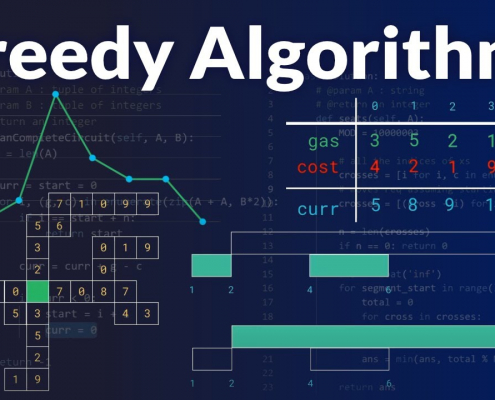Yazılar

Greedy Algoritmalar: İlkeler ve Pratik Uygulamalar
0 Yorumlar
/
Greedy algoritmalar, bilgisayar bilimi ve matematikte temel bir…

Sinir Ağları ve Uygulamalarına Derinlemesine Bir Bakış
Sürekli gelişen yapay zeka ve makine öğrenimi alanında,…

Karar Ağaçlarında Yaprak Düğümlerinin Rolünü Anlamak
Makine öğreniminde karar ağaçları, hem basit hem de güçlü…

Karar Ağaçlarında Dahili Düğümlerin Rolünün Anlaşılması
Makine öğreniminde karar ağaçları, hem basit hem de güçlü…

Karar Ağaçlarında Kök Düğümün Rolünü Anlamak
Karar ağaçları, makine öğreniminde hem basit hem de etkili…

Karar Ağaçlarını Ustalaşma: Python ile Pratik Rehber
Karar ağaçları, makine öğreniminin en sevilen araçlarından…
